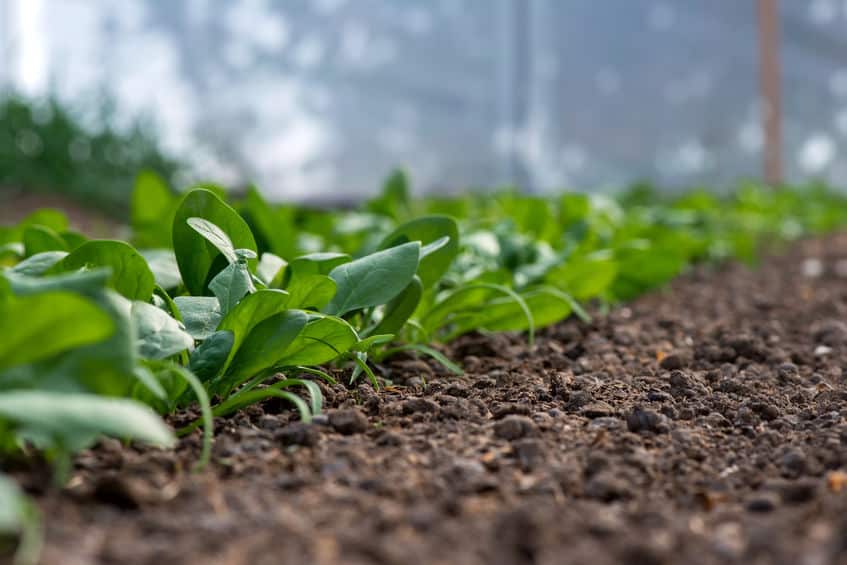By Sean Zucker –
The nutritional benefits of spinach are well documented. It’s loaded with good stuff. At just 20 calories, 3 cups of raw spinach will net 2 grams of fiber, 300 percent the daily recommended intake of vitamin K to support health bones, over 150 percent of the daily recommended vitamin A for eye health. That quantity of leafy greens also ponies up roughly 40 percent of daily recommended vitamin C, which both boosts immune function and promotes healthy skin. Additionally, spinach contains 15 percent of the daily recommendations for iron and magnesium, 10 percent for potassium and 6 percent for calcium. Still not done, the dollop of spinach has 45 percent of daily recommended folate, a B vitamin that helps form red blood cells and DNA.
Popeye’s go-to snack also offers high levels of antioxidants that can protect against heart disease and Type 2 diabetes disease and reduce the risk of cancer. And its anti-inflammatory properties push to defend brain cells, wading off cognitive decline associated with aging. In short, mom was right – eat your spinach.
For all its punch, spinach apparently isn’t satisfied with just serving of health benefits. Now it wants in on the burgeoning world of communications. A recent Massachusetts Institute of Technology (MIT) study, in fact, reports that spinach may soon also be able to send its warm regards.
Through the use of nanotechnology, MIT researchers were able to successfully convert wild-type plants, such as spinach, into infrared communication platforms capable of sending information to computers and smarts phones. The process involves sensory detection that generates a wireless relay, featuring a niche field of science known as “plant nanobionics.”
Euronews flagged the original 2016 research, which discovered that spinach could detect the presence of a compound in the groundwater known as nitroaromatics, often found in explosives like landmines. Therefore, the carbon nanotubes within the plant leaves emit a signal that can be picked up by an infrared camera, ultimately able to send an email alert.
“Plants are very good analytical chemists. They have an extensive root network in the soil, are constantly sampling groundwater, and have a way to self-power the transport of that water up into the leaves,” Professor Michael Strano, who led the research, told Euronews. “This is a novel demonstration of how we have overcome the plant/human communication barrier.”
The initial the purpose of the experiment was to help discover possible explosives. But Strano’s team now believes the technology may be useful in warning researchers about growing pollution and other environmental conditions.
“Plants are very environmentally responsive,” Strano explained. “They know that there is going to be a drought long before we do. They can detect small changes in the properties of soil and water potential. If we tap into those chemicals signaling pathways, there is a wealth of information to access.”
Plants absorb a massive amount of data from their surroundings, positioning them as ideal suiters to monitor ecological changes. Strano and his research team used the nanoparticles to make plants into sensors for pollutants. By altering how the plants photosynthesized, they were then able to have the plants detect nitric oxide, a pollutant caused by combustion.
So, as we continue to pollute the earth and expedite global warming, spinach may soon passive aggressively let us know—per their last email.













